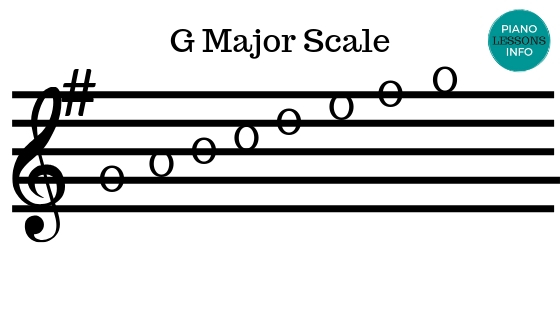
Thus is would make no sense to label the f♯ degree, being the fifth note up from B, as something with G in its name (which would be a sixth up). The names fourth and fifth reflect the counting of four/five respectively notes from interval-start to interval-end. We can therefore use this pattern to generate a major scale starting on any note after our examination of C major, we tried a G. So, that is the scale from which the letters are taken.

The reason we stop at seven notes is that further notes, such as pure fourth down from f♯, would be surrounded on both sides very narrowly (in modern terminology, by a semitone) by other notes, and that is a bit weird melodically. At these simple integer ratios, the notes' harmonics match up, which gives a very clear consonant result. D has ³⁄₂ the frequency of G, and C has ⁴⁄₃ the frequency of G etc.

The reason we use all fourths and fifths: those intervals are distinguished by a clear, simple physical relationship: e.g. The major scale is just a modern implementation of the Pythagorean diatonic scale built up from the following intervals:


 0 kommentar(er)
0 kommentar(er)
